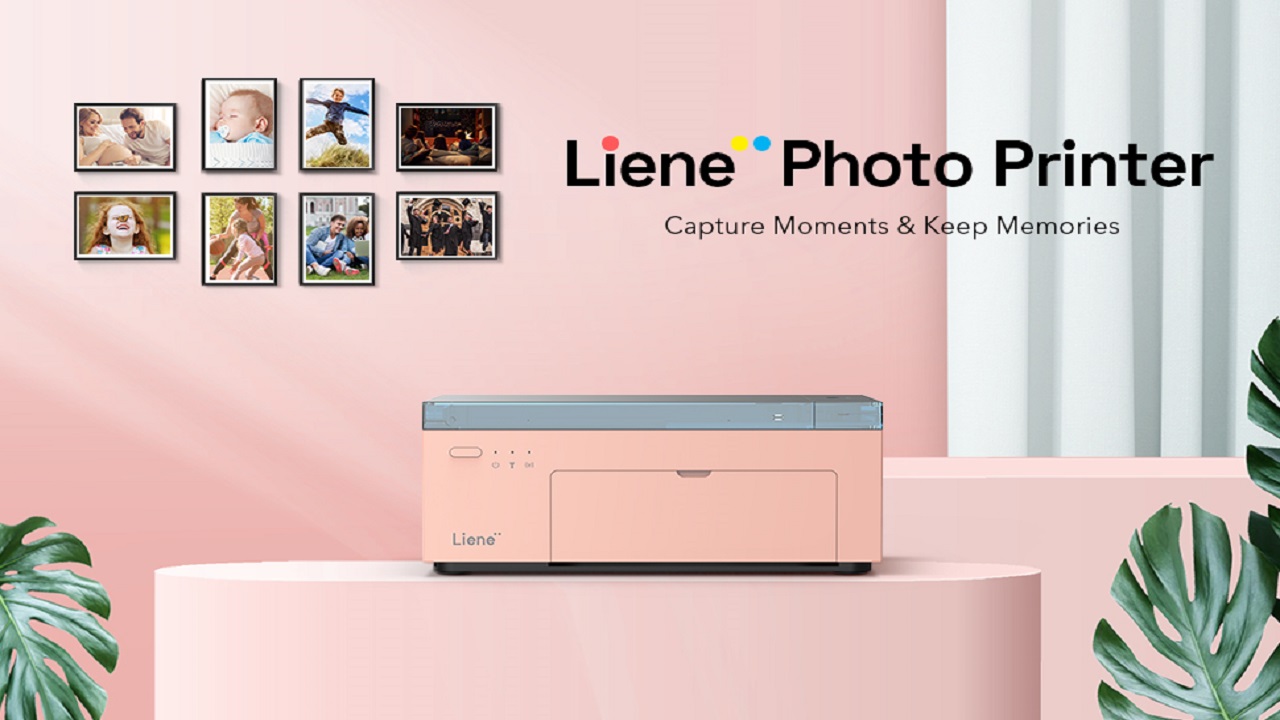In the digital age, where memories are often stored in the cloud or on digital devices, there is still something special about holding a physical photograph in your hands. Photo printers have become an essential tool for individuals who want to transform their digital snapshots into tangible keepsakes. Two popular options in the market are inkjet and Zink photo printers. In this article, we will delve into the characteristics of each and help you decide which one suits your needs better. If you want to buy a good and economical printer, go url to find the best printers offered by Liene.
Inkjet Photo Printers: A Classic Choice
Inkjet photo printers have been a staple in the printing industry for years, known for their ability to produce high-quality, vibrant prints. Let’s uncover their few features to analyze them better.
Image Quality with Ink Cartridge
These printers use liquid ink cartridges that are precisely sprayed onto the printing paper, creating a wide spectrum of colors and sharp details. One of the key advantages of inkjet technology is its ability to reproduce images with exceptional clarity and depth, making it a preferred choice for photography enthusiasts and professionals alike.
Color Accuracy
The color accuracy of inkjet printers is unmatched, allowing users to print photos that mirror the vividness of the original images. This makes them an excellent choice for those who value color fidelity and want their prints to reflect the true essence of their captured moments.
However, there are some drawbacks to inkjet printers. The cost per print can be relatively high, especially when using high-quality photo paper and genuine ink cartridges. Additionally, the printing process may take longer compared to Zink printers, making them less suitable for quick, on-the-go printing.
Zink Photo Printers: Instant Gratification
Portability
Zink (Zero Ink) photo printers, on the other hand, have gained popularity for their convenience and speed. Zink technology utilizes heat to activate and colorize dye crystals embedded in the printing paper. This eliminates the need for traditional ink cartridges, making Zink printers more compact and portable.
Maintenance and Speed
One of the most significant advantages of Zink printers is their speed. They can produce a print in a matter of seconds, making them ideal for social events, parties, and other situations where immediate gratification is valued. The absence of liquid ink also means less mess and maintenance, as there are no cartridges to replace or spill.
Color Accuracy
Zink prints also give competition to color accuracy and sharpness achieved by inkjet counterparts. However, the color range is somewhat limited, and prints may appear slightly muted compared to those produced by inkjet printers. This trade-off between speed and color accuracy is a crucial factor to consider when choosing between the two technologies.
Choosing the Right Printer for You
The decision between inkjet and Zink photo printers ultimately depends on your specific needs and preferences. If you prioritize print quality and are willing to invest in both the printer and consumables, an inkjet printer is likely the better choice. This is especially true for photography enthusiasts, professionals, or anyone who values the artistry of printing.
On the other hand, if you're looking for a printer that offers instant gratification, portability, and minimal maintenance, a Zink printer might be the perfect fit. These printers are particularly well-suited for social situations where quick and on-the-spot printing is crucial.
Conclusion
In conclusion, both inkjet and Zink photo printers have their merits and drawbacks. Consider your priorities, whether it be print quality, speed, or convenience, and choose the technology that aligns with your preferences. Whether you opt for the classic appeal of inkjet or the modern convenience of Zink, the joy of holding a physical photograph in your hands remains the same.

